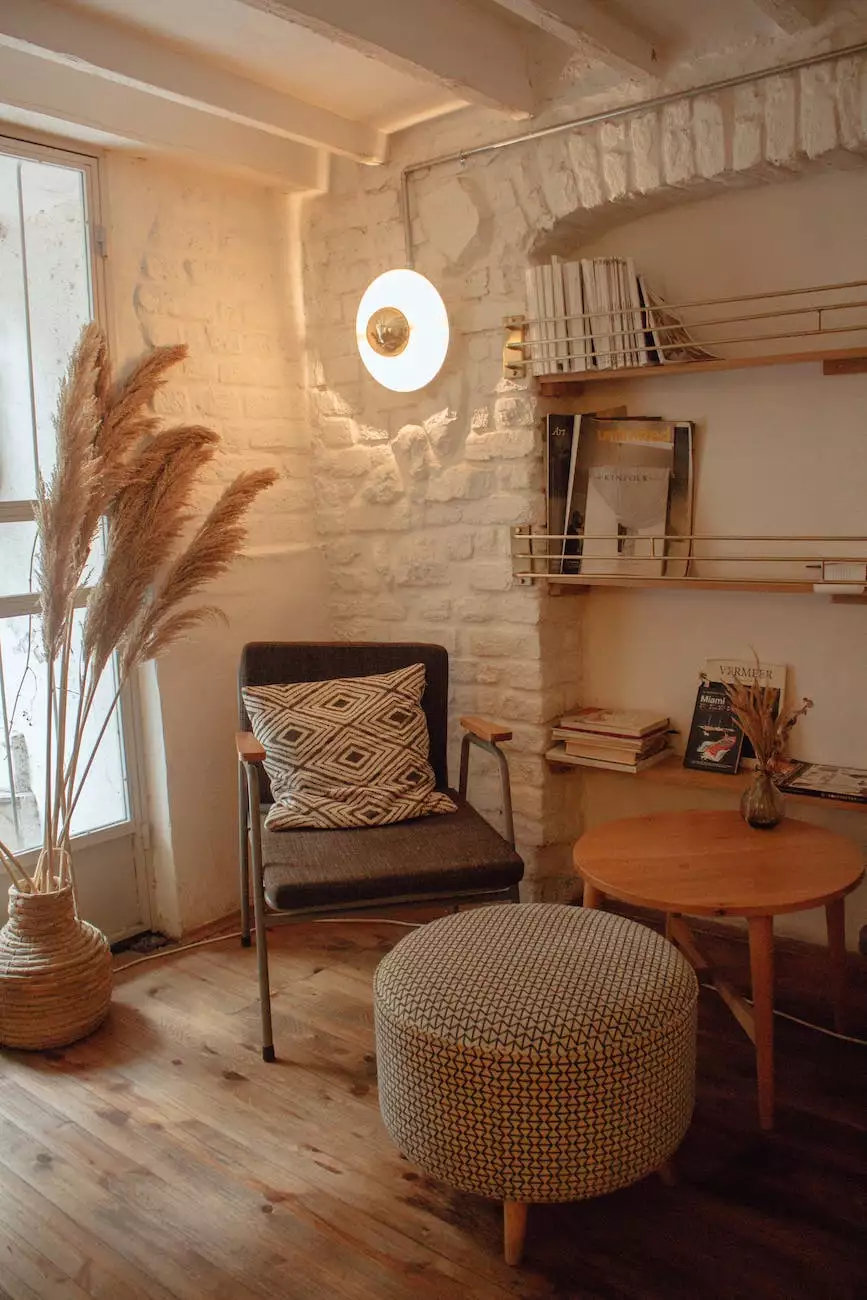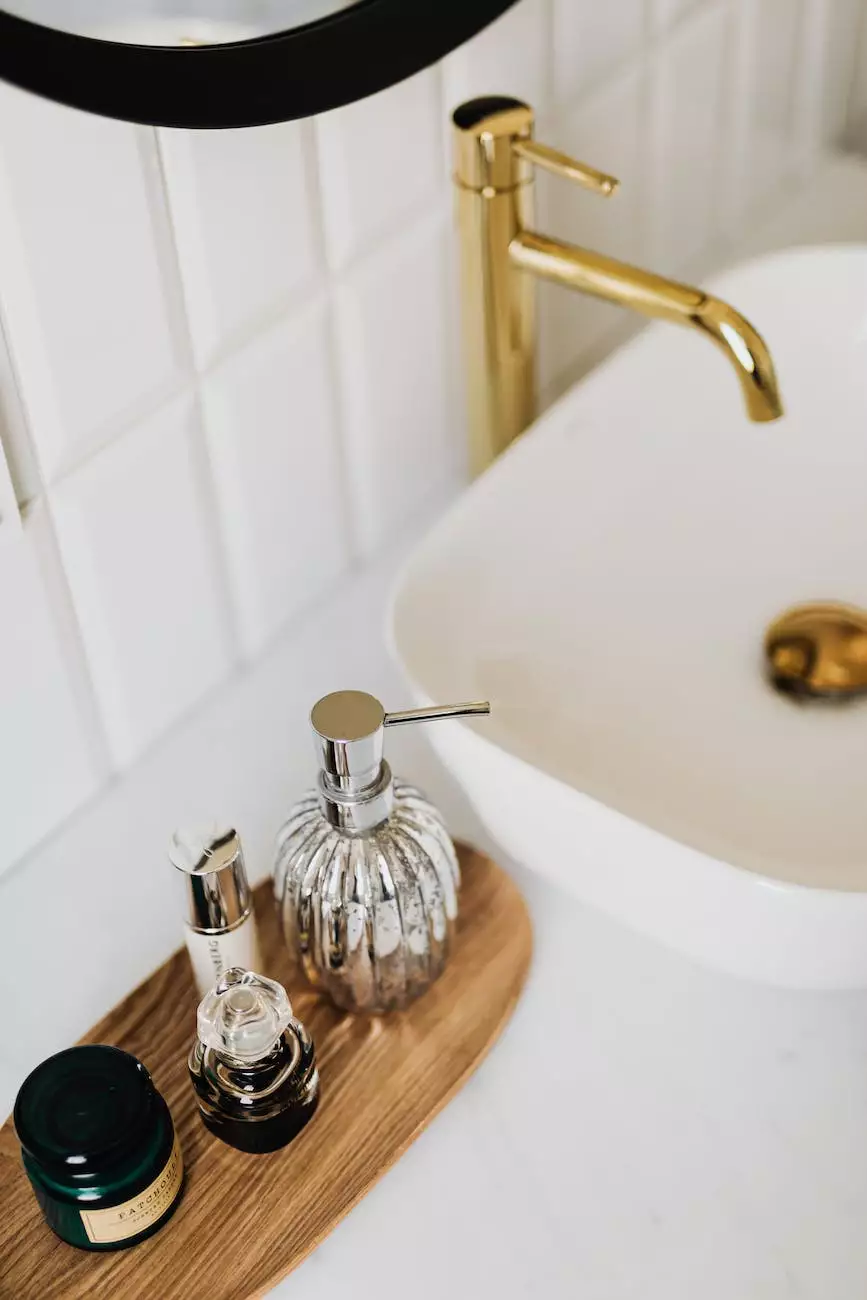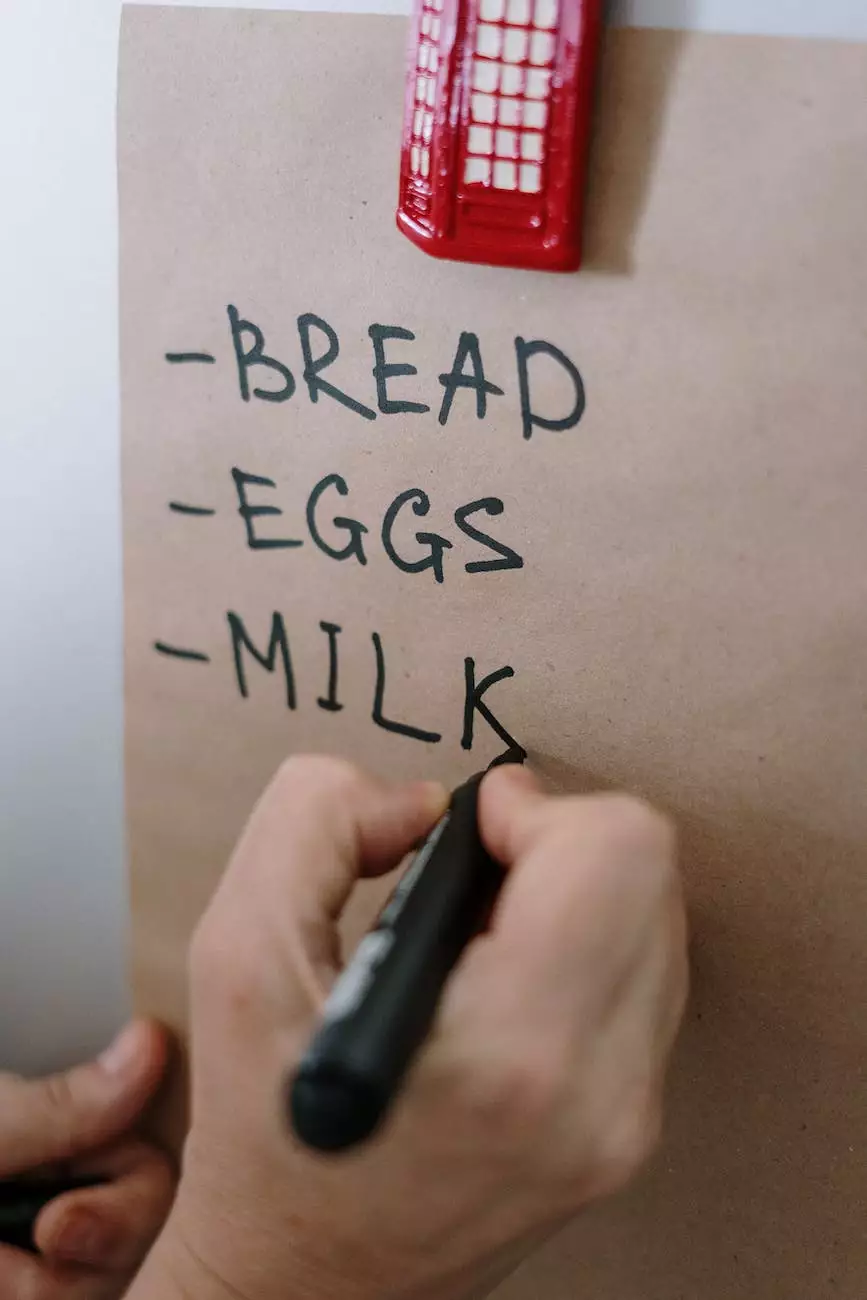Definition of the term Backflow Preventer
Services
Introduction to Backflow Preventers
At Nicholas Home Inspection & Consulting, we offer expert consulting and analytical services in the field of backflow prevention. Understanding the definition and importance of backflow preventers is crucial for maintaining the safety and quality of the water supply within your property or business.
What is a Backflow Preventer?
A backflow preventer is a device that ensures the flow of water within a plumbing system only goes in one direction, preventing contaminated water from flowing back into the clean water supply. This device acts as a barrier, protecting the water supply from potential pollutants, chemicals, and other harmful substances that could pose health risks.
The Importance of Backflow Prevention
Backflow prevention is essential to safeguard public health and ensure the quality of the water we consume. Without proper backflow preventers, backflow incidents can occur, leading to water contamination which can put individuals at risk of exposure to hazardous substances.
Why Nicholas Home Inspection & Consulting?
As leaders in the consulting and analytical services industry, Nicholas Home Inspection & Consulting is committed to assisting our clients in implementing effective backflow prevention measures. Our team of highly skilled professionals are well-versed in local regulations and industry best practices.
Our Services
We offer comprehensive backflow prevention services for both residential and commercial properties. These services include:
1. Backflow Prevention Installation
We specialize in the installation of backflow preventers, ensuring that your plumbing system is equipped with the necessary devices to prevent any backflow incidents. Our team will assess your property's specific needs and provide tailored solutions.
2. Backflow Testing and Certification
Regular testing and certification of backflow preventers are crucial to maintain their functionality and compliance with local regulations. We conduct thorough inspections and testing to ensure your backflow preventers are working as intended and issue the necessary certifications.
3. Backflow Prevention Maintenance and Repairs
To ensure the long-term effectiveness of your backflow prevention system, regular maintenance and prompt repairs are essential. Our team offers maintenance services to keep your backflow preventers in optimal condition, and we are available to address any repair needs promptly.
How Backflow Preventers Work
Backflow preventers operate using a series of valves, check valves, and air gaps to create barriers within the plumbing system. These barriers prevent the reverse flow of water, effectively protecting the clean water supply from potential contaminants.
Types of Backflow Preventers
There are various types of backflow preventers available, each designed for specific applications. Some common types include:
- Double-check valve assemblies (DCVAs): Suitable for medium-hazard applications and commonly used in commercial settings.
- Reduced Pressure Zone (RPZ) assemblies: Ideal for high-hazard applications and provide the highest level of backflow protection.
- Pressure Vacuum Breakers (PVBs): Often used in residential settings and offer protection against low and moderate hazards.
- Air Gap: A physical separation between the water supply outlet and potential sources of contamination, providing the highest level of protection.
Backflow Prevention Regulations
Backflow prevention regulations vary between jurisdictions, and it's important to comply with the specific requirements in your area. Our team at Nicholas Home Inspection & Consulting stays up to date with the latest regulations and can provide guidance and assistance in ensuring compliance.
Contact Nicholas Home Inspection & Consulting
If you require professional backflow prevention services, do not hesitate to reach out to Nicholas Home Inspection & Consulting. Our experienced team is ready to provide expert advice, installations, testing, and maintenance services to protect your water supply and ensure the safety of your property and its occupants.




